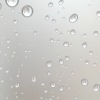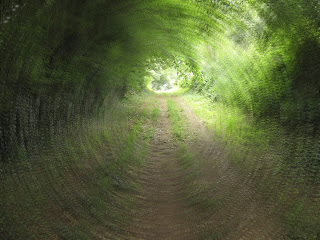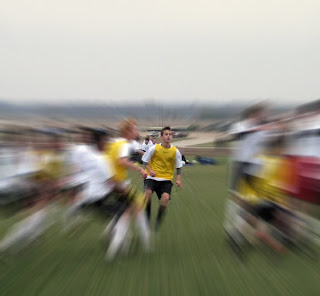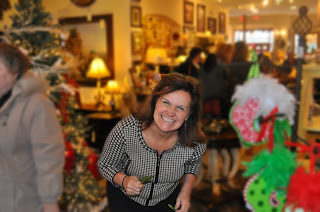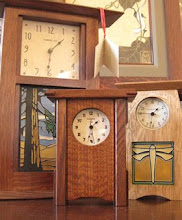
This tutorial is inspired by an Adobe image.
 Adobe likes to use gradients in its backgrounds. The background on the image is a radial gradient with two colors a blue and black.
Adobe likes to use gradients in its backgrounds. The background on the image is a radial gradient with two colors a blue and black.The mirror reflection effect on the lettering is not difficult. I used the Fireworks: mirrorReflect tutorial as my guide. You can click on the link and follow along or use my steps.
1. Create a new fireworks image with a black background. Then, add a rectangle with a radial gradiant. You can expand the rectangle or shrink it so as to give your gradiant the right look.
2. With the Text Tool type in the words you wish to use. Select the text and then choose Modify from the top menu. Choose symbol and name it if you wish.
3. Now we are going to duplicate the newly created symbol. To duplicate select the symbol and choose cntrl + shift + D. Don't worry if you don't see a change yet, the duplicate layer is laying right on top of the original layer.
4. In the top menu choose Modify, Transform, Flip Vertical. Now that your duplicate symbol is flipped, move it with the selection tool below the original symbol.
5. Now we need to tweak the reflection. Select the duplicate symbol that is the reflection. First, with the skew tool skew the bottom of the symbol out, and then with the scale tool flatten the bottom.
6. Now that the reflection is the right shape, we need to reduce the opacity in the properties panel. Next let's fade the reflection by going to Commands, Creative, and Fade. Select the upper right hand fade.
7. Finally, spice up the lettering with Styles.






